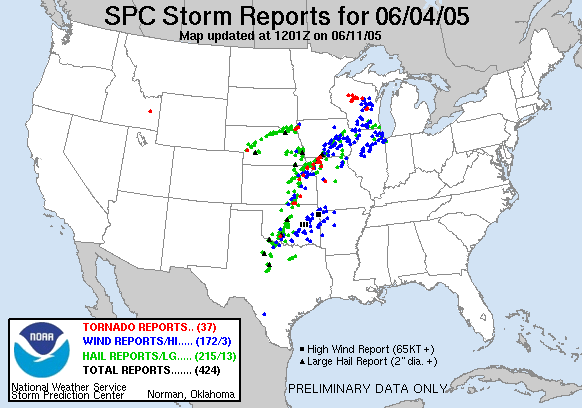Jeff Snyder
EF5
The 21z map looks awesome, but that trough that drops SSW from the low and curves back to the SSE seems a bit odd. The ICT ob (I think it's ICT), with a SSW surface wind and a 67F dewpoint, looks like it'd fit the air behind the trough better than ahead of it. Most of se KS (ahead of that low and trough) has Tds of 70-72, with SSE winds, while the area behind that trough has mid-60 Tds and SSW-SW winds (which fit the ICT ob better). Regardless, it isn't as tilted NNE-SSW as I remember it... Then again, I was in MN that period for my bro's graduation, so I wasn't able to pay attn to the situation the entire time.







